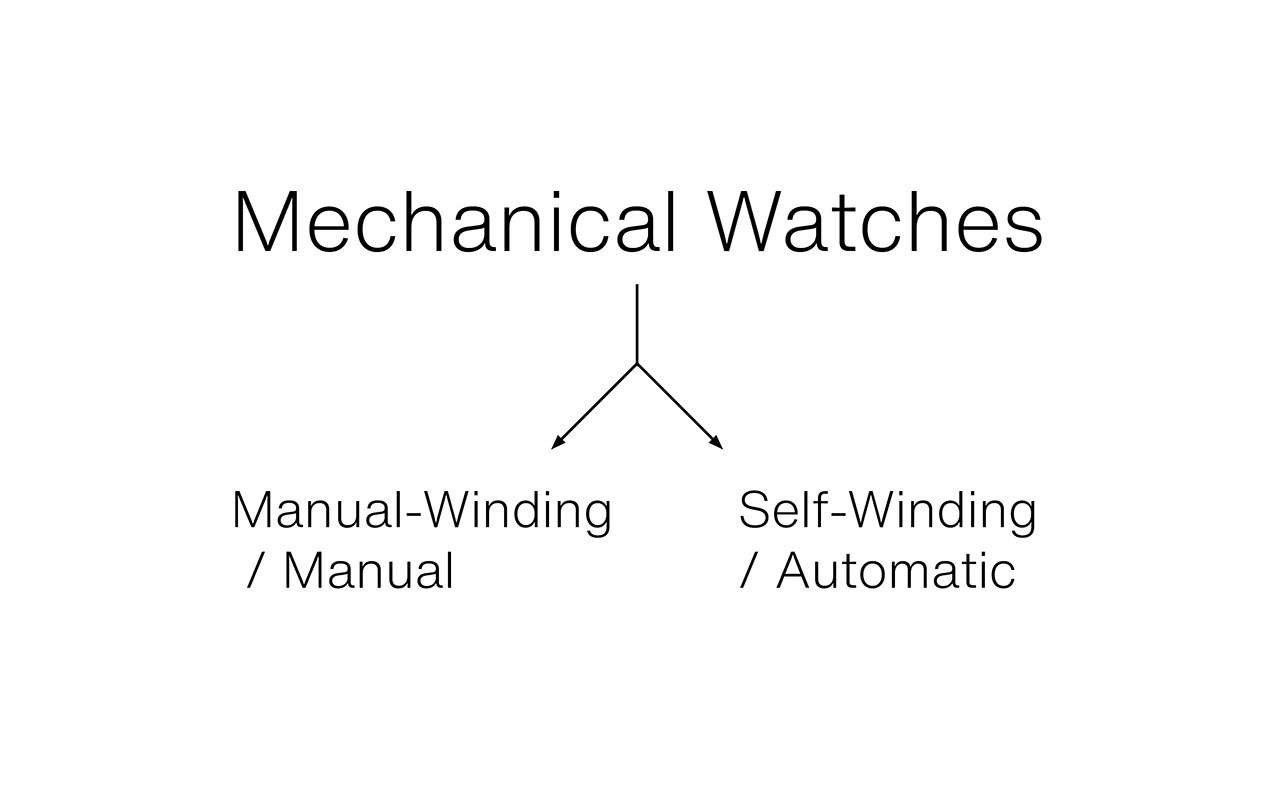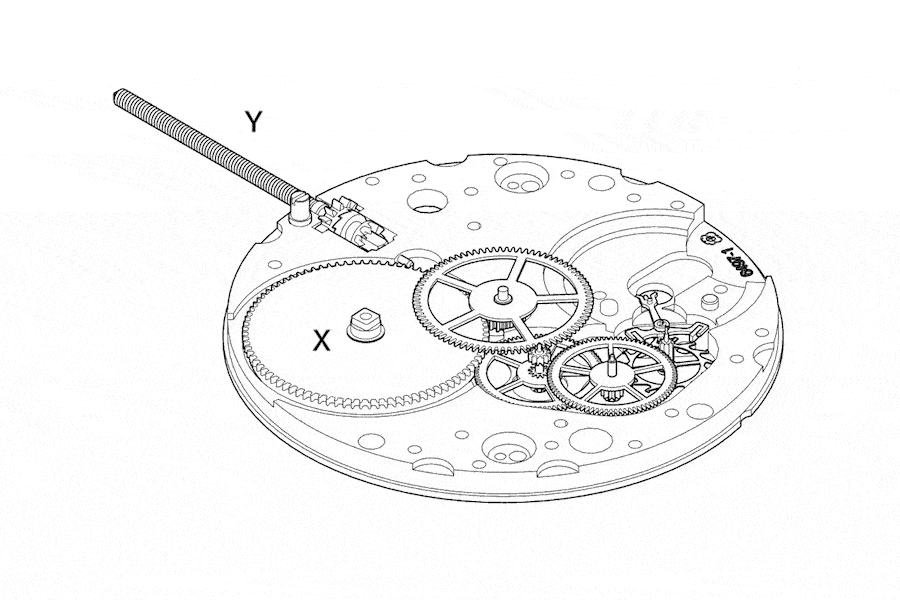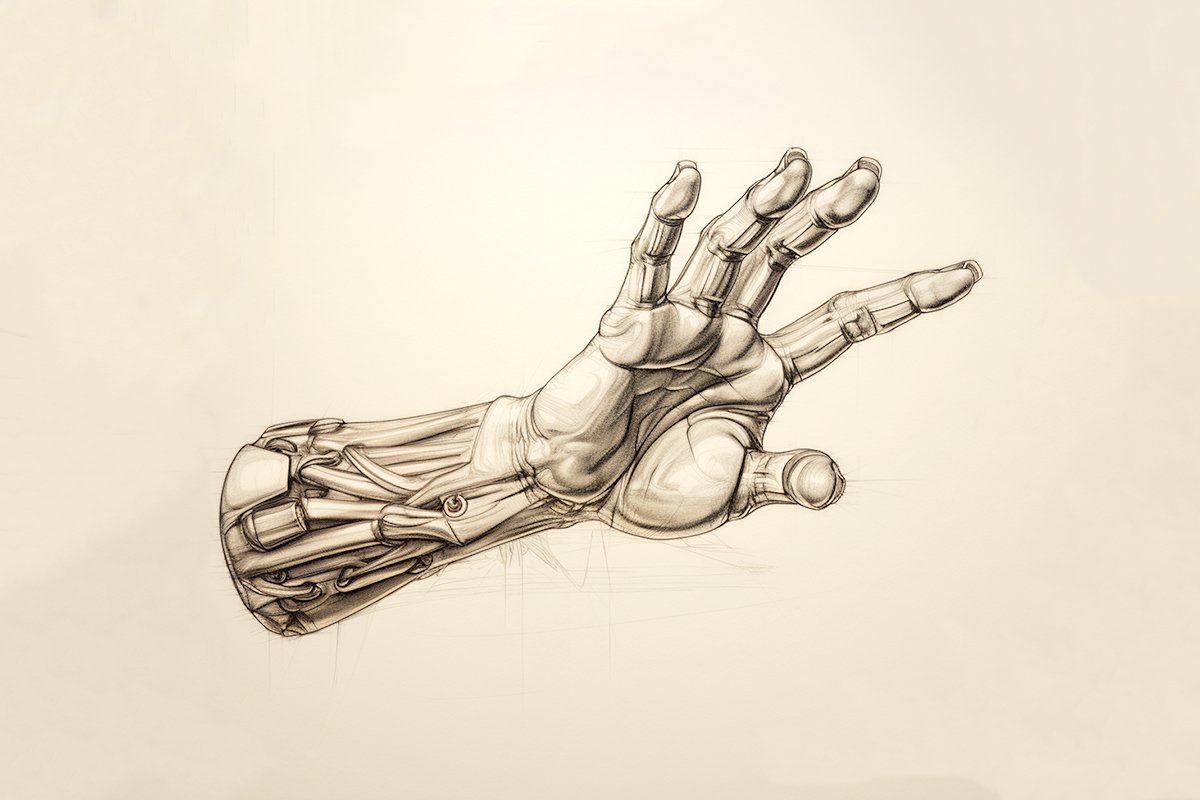What is the Difference Between a Mechanical and Automatic Watch?
Assembly process of a mechanical watch movement. (Source: Bulgari)
There is a general misconception with the question above. A mechanical watch is simply a timepiece that operates through intricate mechanical components such as springs, wheels and gears. Within the realm of mechanical watches, it branches into two main categories: manual winding and self-winding (also known as automatic), with the latter being the most common these days. Therefore, there are no distinctions between a mechanical and an automatic watch since an automatic watch is a form of mechanical watch.
However, there is a distinction between a quartz (digital) watch and a mechanical watch, which we will cover in another topic. Additionally, we will discuss the distinction between manual winding and self-winding (automatic) watches, both falling under the umbrella of mechanical watches, in the section below.
Manual Winding Watch: A Timeless Classic
Manual winding, manually wound, hand winding or manual watches in a nutshell are essentially the same interchangable term describing a mechanical watch that does not have an automatic winding function.
An uncoiled mainspring outside its barrel. (Source: WatchTime Magazine)
To truly understand a manual winding watch, it is essential to grasp its inner workings of a mechanical watch. At its core lies the mainspring (A), a coiled wire nestled within a barrel that stores potential energy when wound (tightened or tensioned as shown on Figure 2). This energy is gradually releases to the gear train, to set the gears in motion. However, when the mainspring loses its tension (by providing energy to the watch), the watch comes to a halt. This is where manual intervention distinguishes a manual winding watch from its automatic counterpart.
Figure 1: Plan view of an unwound (no tension) mainspring inside a watch barrel. (Source: Duane H. Church, 1888 : USPTO Patent No. 385,908)
Figure 2: Plan view of a wound (tensioned) mainspring inside a watch barrel. (Source: Duane H. Church, 1888 : USPTO Patent No. 385,908)
When a manual winding watch runs out of energy, the wearer simply winds the watch by delicately turning the crown, either clockwise or counterclockwise. This motion turns the crown stem (Y) and the winding wheel, which interacts with the mainspring housed within the barrel (X). As the crown revolves, the mainspring within the barrel (X) gradually tightens, bestowing the watch with renewed tension. This allows the watch to function once again until it finally winds down, starting the cycle anew when the wearer gives the crown another gentle twist.
The barrel (X) is manually wounded through the crown/winding stem (Y) and interacts with the gear train. *Balance wheel not included in the image for illustration purposes. (Source: Hodinkee)
In contrast to an automatic movement, the rhythmic task of winding the watch to restore its energy every now and then fosters an intimate connection between the wearer and their timepiece, highlighting a unique bond between the man and the machine. Moreover, manual winding watches exude an air of exclusivity, as they stand apart from the more commonplace automatic watches. This rarity elevates their allure, drawing the admiration of discerning watch enthusiasts and collectors alike.
Automatic Watch: A Leap in Convenience
Louis-Abraham Perrelet (Source: Wikipedia)
In the late 18th century, Swiss watchmaker Abraham-Louis Perrelet revolutionized horology with his groundbreaking invention – the self-winding watch. His ingenious design featured an oscillating weight inside the timepiece, a mechanism that harnessed the wearer's natural movements to wind the mainspring.
Front view of an automatic watch. An edge pivot (2) rotor ~25° oscillation angle. The rotor (1) in the shape of a cone. (Source: Anton Feigel, 1931 : USPTO Patent No. 2,028,594)
However, his watch probably used a weight pivoting at the side of the movement. The first drawing and accurate description of an automatic watch with a central oscillating weight (also known as a rotor) was created in 1778 by the watchmaker Hubert Sarton. This marked a significant milestone in watchmaking history, as it eliminated the need for manual winding and introduced a new era of convenience and functionality. Since then, there were multiple improvements of self-winding mechanism (automatic) that encapsulates that very idea as shown below.
Back view of an automatic watch. A central pivot 360° rotor (17) in the shape of a quardrant. (Source: Max Reiner, 1932 : USPTO Patent No. 1,853,637)
Back view of an automatic watch. A central pivot 360° rotor (37/37a) in the shape of a cresent ship anchor. (Source: Max Reiner, 1932 : USPTO Patent No. 1,853,637)
Well, in simple terms, how does an automatic watch work? It is through the ingenius addition of a rotor to a manual winding watch. The rotor is typically a semi-circular piece of heavy metal, often made of solid brass, tungsten or gold, that is mounted on a gear connected to the winding wheel within the movement.
Automatic movement with a central pivot rotor. (Source: Rolex)
Connected at its radial point, this rotor is designed to move freely 360° in one plane, influenced by both gravity and the wrist movement of the wearer. As the rotor swings in either clockwise or counterclockwise directions, it winds the mainspring automatically within the barrel, eliminating the need for regular manual winding.
With automatic watches, timekeeping becomes effortless, allowing the wearer to focus on their daily activities without interruption. Gone are the days of anxiously checking the time, fearing that the watch has stopped. Automatic watches provide continuous and reliable timekeeping, effortlessly accompanying individuals throughout the day.
Do you have to wind an automatic watch?
If you wear your automatic watch regularly, there is no need for manual winding thanks to its ingenious self-winding mechanism. The automatic watch's rotor ensures it stays powered with the movement of your wrists.
However, if you have not worn your automatic watch for an extended period, its power reserve (tensioned potential energy in the mainspring) may have depleted (Figure 1 above). In such cases, a manual winding operation is necessary to infuse initial energy into the mainspring, kickstarting its operation before you put it on and allow the self-winding mechanism to take over.
What is the difference between manual winding and automatic watch?
Manual winding watch maybe less convenient as the watch stops functioning when energy is depleted, though modern models with extended power reserves can last up much longer than vintage ones. A manual winding watch requires the wearer to manually wind it using the crown, which stores energy in the mainspring for accurate timekeeping.
Manual winding watch are typically thinner and lighter due to the absence of a rotor. Because of this, manual winding watch movements are mostly used for dress watches that focuses on a thinner watch theme.
Automatic watches are much more covenient as they wind themselves automatically through the motion of the wearer's wrist, ensuring continuous operation without regular winding. Time keeping becomes effortless. They offer convenience and peace of mind for wearers who regularly use their timepiece.
Automatic wathces maybe slightly thicker. This is usually due to the presence of a rotor that facilitates the automatic winding function. This applies to most automatic watches. However, thanks to technology advancement, at a much higher price range there are micro rotor and peripheral rotor automatic watches that can be extremely thin, much thinner than a typical manual winding watch.
Section view of a vintage automatic watch. A central pivot rotor (17) as an additional layer to the watch movement, increasing total height. (Source: Max Reiner, 1932 : USPTO Patent No. 1,853,637)
Convenience and Efficiency: Are automatic watches better?
Automatic watches revolutionize timekeeping with unparalleled convenience. Their self-winding mechanism ensures continuous power, provided the watch is worn daily, sparing the wearer the chore of regular winding or battery changes. This ease of use and low maintenance propels them into higher demand in the resale market compared to their manual-winding counterparts, solidifying their status as a wise investment.
AI generated image of a humanoid arm from MidJourney with a prompt input of ‘Man and the machine sketch’, depicting both entities as one.
Closing Thoughts: Personal Preference
Ultimately, the choice between manual winding and automatic watches boils down to personal preference. If one appreciates the ritual and the intimate connection with the timepiece, and doesn't mind the occasional winding; a manual winding watch may be the perfect fit. Additionally, modern manual winding watches offer extended power reserves, making this task less frequent.
On the other hand, if one prefers a hassle-free and straightforward option, an automatic watch is the way to go, ensuring continuous operation with the simple act of wearing it. Both types of movements have their merits, so it's about finding what aligns best with one’s lifestyle and preferences.












